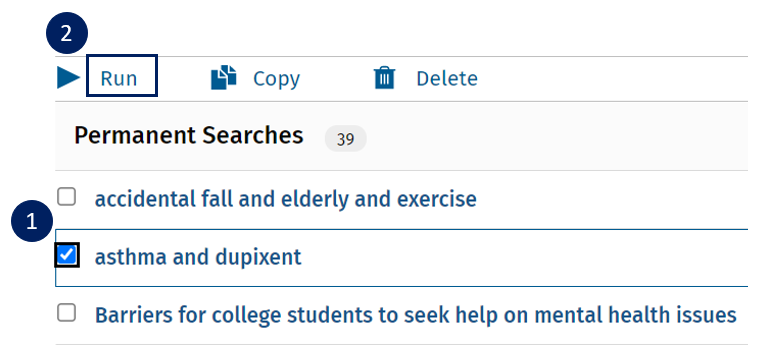Access EMBASE:
From the A-Z Databases list on the Library homepage, select EMBASE.
Embase (Excerpta Medica dataBASE) is a comprehensive biomedical and pharmacological database of drug, disease and device information including 32 million+ records indexed from over 8,500 indexed peer-reviewed journals.
View steps to search EMBASE by clicking on the links below.
Advanced Search
The Advanced Search screen offers more ways to search by abstract, titles, keywords ,etc. and offers Subject Heading mapping.
Step 1. Type your search term in the text box. You can indicate the search field to search for your search term(s). Here are some of the main options:
►Type .tw. after your search term(s) e.g. dupixent .tw. This will search for the title (TI), abstract (AB) and the drug trade name (TN).
►Type .ti. after your search term(s) e.g. dupixent .ti. This will search for references where your words appear in the title (TI) only.
►Type .ab. after your search term(s) e.g. dupixent .ab. This will search for references where your words appear in the abstract (AB) only
►Type .ti,ab. after your search term(s) e.g. dupixent .ti,ab. This will search for references where your words appear in the title (TI) or abstract (AB).
Step 2.

Search with EMTREE Subject Headings Mapping
If an EMTREE Subject Headings can be mapped for your search term, a list of Subject Headings is shown.
Step 3. Select the relevant Subject Heading(s) to search.
Step 4. Check Explode if you want to include the selected MeSH term and all of its more specific terms (narrower MeSH) in the search.
Step 5. Check Focus if you want to limit your search to those articles in which the subject heading is considered as the major point of the article.
Step 6. If more than one Subject Heading is selected, choose AND, OR for your Boolean operator and press Continue.
Step 7. Select Subheadings of the MeSH if you want to focus on specific aspects of the MeSH heading that are pertinent to the article. If not, press Continue to add the MeSH to your search.

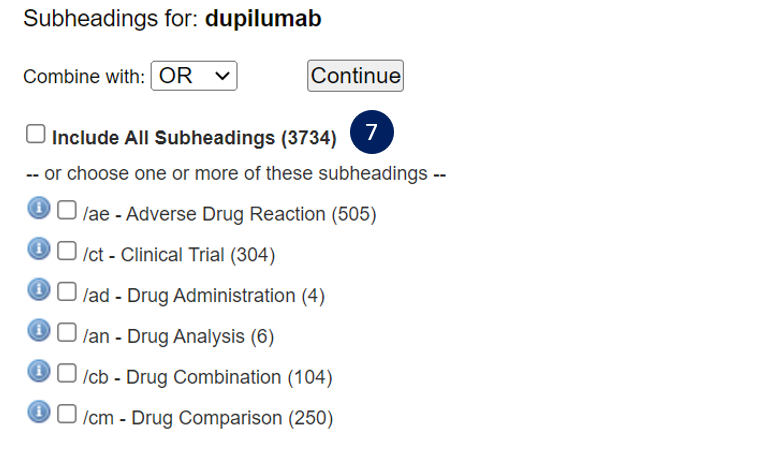
Step 8. Check the boxes to combine search strategies.
Step 9. Combine the selected searches using AND / OR Boolean operators.
You can limit or filter your search results in various ways. These may include:
Step 10. You can directly limit your search results by selecting directly at the box and press Search.
Step 11. Press the Additional Limits button for more limiting options such as Evidence Based Medicine.

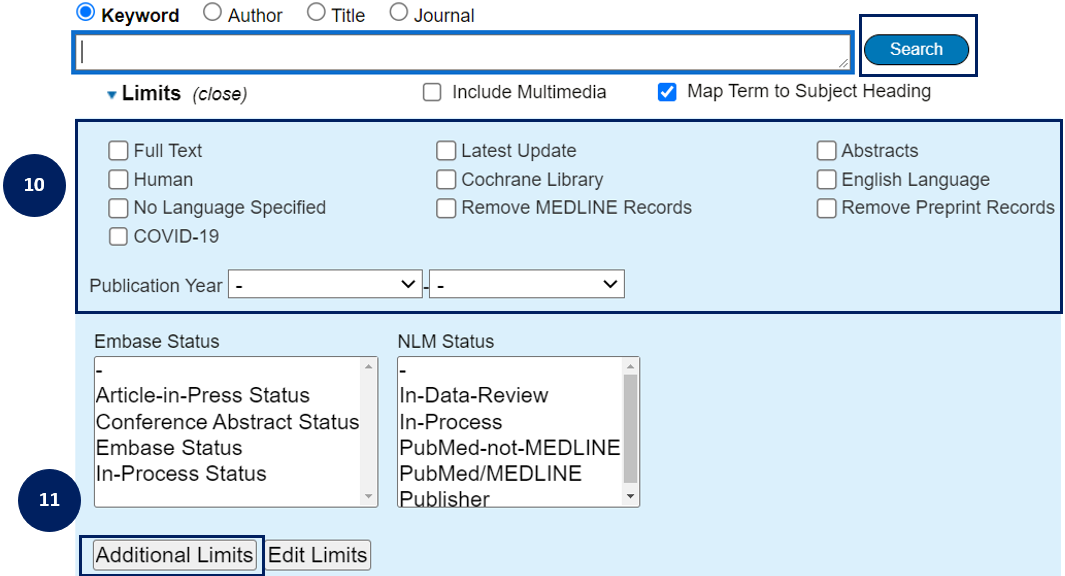
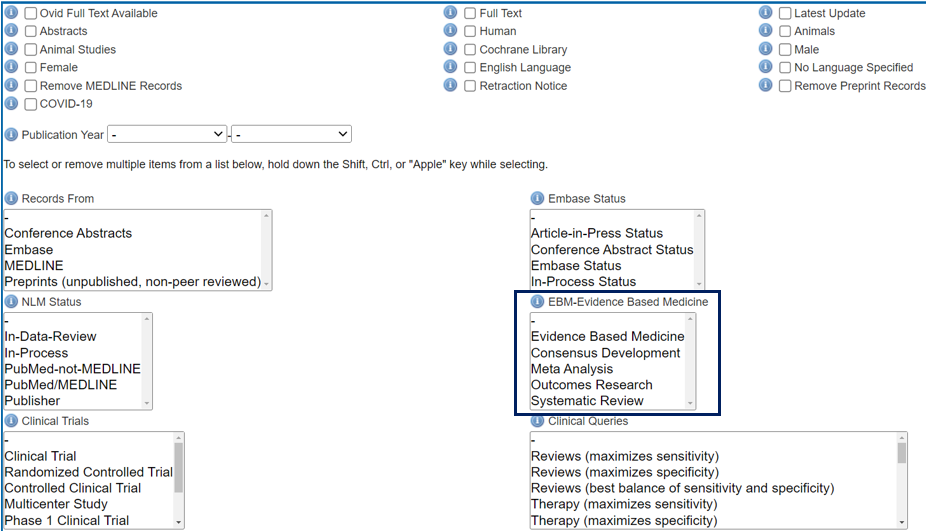
View Full Text & Output Results
Step 1. Click the abstract view icon to include the abstract of the article at the search results.
Step 2. Full text may be available as PDF for some article records.
Step 3. For those records without full text provided, press the Findit@CUHK Library button or click the Full Text link to search for full text.
Step 4. Press the icons to email, save record(s) to folder or export records to citation management tools, e.g. EndNote

Save search & run saved search
Step 1. Once you have constructed your search, select Save All button underneath your search history. You will be prompted to login/register an account with Ovid.
Step 2. Give your search a name. You can also use the comment field for adding any extra notes about the search. The default setting of your search is Permanent (which means it is saved permanently). You can choose to make your search Temporary (i.e. save for 168 hours). You can also set up auto alert for your search by selecting the AutoAlert (SDI) option. Then it will prompt you to choose how frequently you wish to receive the results alert, and the delivery options (Email, RSS or in My Projects).
Click the Save button to save the setting.

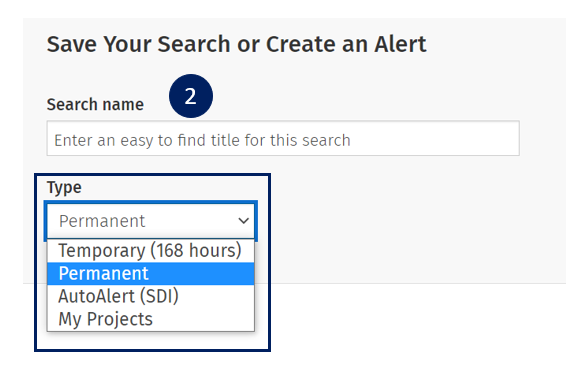
To run your saved search, select View Saved button, at the top right hand corner of the page.
Step 1. Select the saved search you want to run.
Step 2. Select Run
